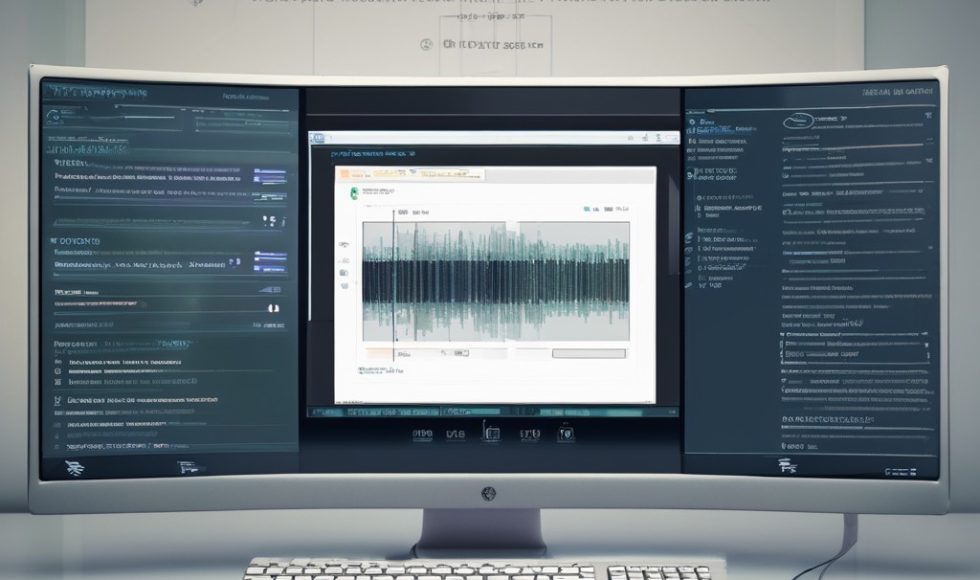I want to learn how to fully utilize Dorado base calling features. Tonight, I watched Susie Lee, Technical Product Manager for Basecalling and Models at Oxford Nanopore Technologies, present the latest updates to Dorado at London Calling 2024. They explained Dorado as a software tool that “powers Nanopore basecalling and more” by taking raw signal and extracting information about bases, modified bases, and even poly(A) tail estimation. Dorado has adapter and primer trimming, barcode demultiplexing, alignment, and now read correction. Dorado is integrated into MinKNOW and EPI2ME. The latest release has updates to basecalling models, haplotype-aware read correction for assembly, and more! The new base calling models are built on a new architecture with higher accuracy. On the RNA side, there are even bigger jumps in quality scores: +4.3 Q for SUP, and +2.5Q for HAC. There are also new models for modified RNA base calling. Alongside the base calling improvements, there are new error correction tools for haploid or diploid genomes. There are also updates to Dorado that improve poly(A) tail estimation, alignment speed enhancements, and barcode demultiplexing. Lee mentioned that upcoming enhancements to speed are coming, including read correction and modified basecalling models. These updates to Dorado will be integrated into MinKNOW. The integration with MinKNOW is fantastic and easy to use. I am curious about how poly(A) estimation for plasmids works!



